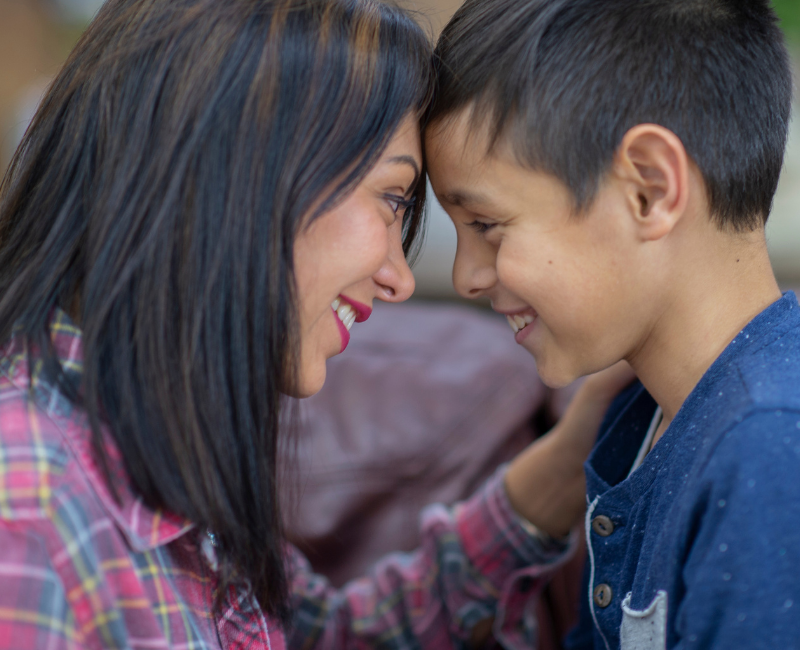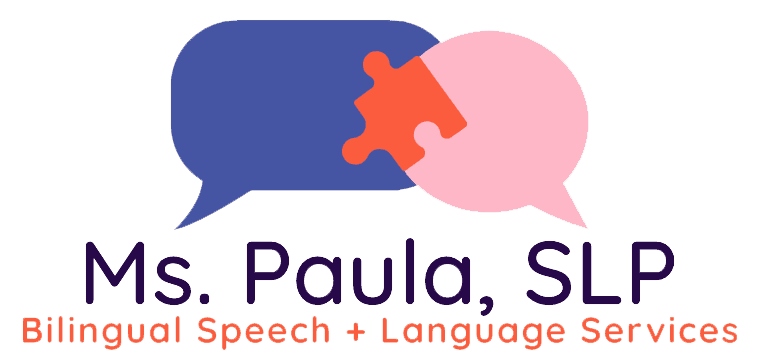The value of speech therapy for bilingual children suffering from receptive language disorders cannot be overstated.
Today, the need for speech-language pathologists (SLPs) who speak multiple languages is greater than ever. In the United States as of 2017, 20.8% of people speak a language other than English while at home. Of that figure, over half primarily speak Spanish.
Every day, the country and the world as a whole grow more diverse and multicultural. Despite this, most practicing SLPs of today are monolingual. Demand for bilingual speech therapy for kids and adults currently far exceeds supply.
To effectively provide speech therapy for bilingual children, it is best if the SLP is fluent in the same languages—and familiar with the same cultures—as the bilingual child. This is particularly the case when receptive language difficulties are involved.
In today’s post, we’ll explore why.
Speech Therapy for Bilingual Children: Key Differences
How is speech therapy for bilingual children different from other kinds of speech therapy?
Every bilingual child is unique. Learning two languages at once is always difficult, and as a result, bilingual children face certain kinds of speech-language challenges that their monolingual friends may not.
While many skills and techniques SLPs develop over the course of their training for assessing monolingual training can be transferred to assessing bilingual children, additional knowledge and skills are also needed.
In particular, speech therapy for bilingual children requires more time for considering issues of cultural competence and building relationships with families and communities from various cultures.
Additionally, appropriate speech therapy for bilingual children requires an intimate knowledge of speech and language difficulties that may present differently in different linguistic contexts.
Speech Challenges Bilingual Children Face

Most bilingual children speak their first words by the age of 1, and begin combining words by age 2. Some children learn words in English first; others in Spanish first; still others learn the words in both languages at roughly the same time.
However, some children learn words in one language much faster than in the other.
A common speech-language issue bilingual children face is mixing up grammar rules. They may insert English words into a Spanish sentence, or order English words according to Spanish grammar rules. This is a perfectly normal part of developing bilingual communication skills.
Finally, some bilingual children go through what is sometimes referred to as a “silent period” when learning their second language. This period of time can be brief or it can last for several months.
While silent periods usually taper out on their own, sometimes children may require speech therapy in order to build confidence and begin speaking in their second language.
Advantages in Treating Receptive Language Disorder
Language therapy is generally divided into expressive language—the ability to use language—and receptive language—the ability to understand the language of others.
A person with a receptive language disorder may have problems understanding, listening, reading or any combination thereof. They may not be able to interpret information spoken to them or respond appropriately when someone else is speaking.
Bilingual speech therapy is particularly important for treating receptive language disorders in Spanish-English bilingual children.
Why? It’s simple, really. An SLP who does not speak the same languages as the child with whom they are working cannot tell whether the child really understands them or not. If a child does not respond to a question in Spanish, does that mean they have a receptive language disorder, or does it just mean the SLP needs to work on his/her Spanish?
On the other hand, a trained bilingual speech-language pathologist can recognize and respond appropriately when children have trouble understanding English, Spanish, or both. They’ll be able to engage with the child effectively in both languages and pinpoint exactly where the receptive language disorder (if any) lies.
Additionally, a Spanish-English bilingual SLP will be familiar with both the same languages and the same cultural contexts as your child. They will know which books to read in which language and the best ways to practice reading and listening skills for each language. They’ll know the best songs to sing to practice Spanish language proficiency. They’ll even know about your child’s favorite Spanish-language TV shows!
Bilingual Speech Therapy Near You
Put simply, effective speech therapy for bilingual children requires a genuinely bilingual SLP, one who can connect with your child both linguistically and culturally.
That’s what Ms. Paula, SLP offers. If you suspect that your bilingual child may be experiencing speech or language difficulties, please do not hesitate to reach out to discuss bilingual speech therapy programs.
We’d be happy to discuss the benefits of bilingual therapy for your child.

